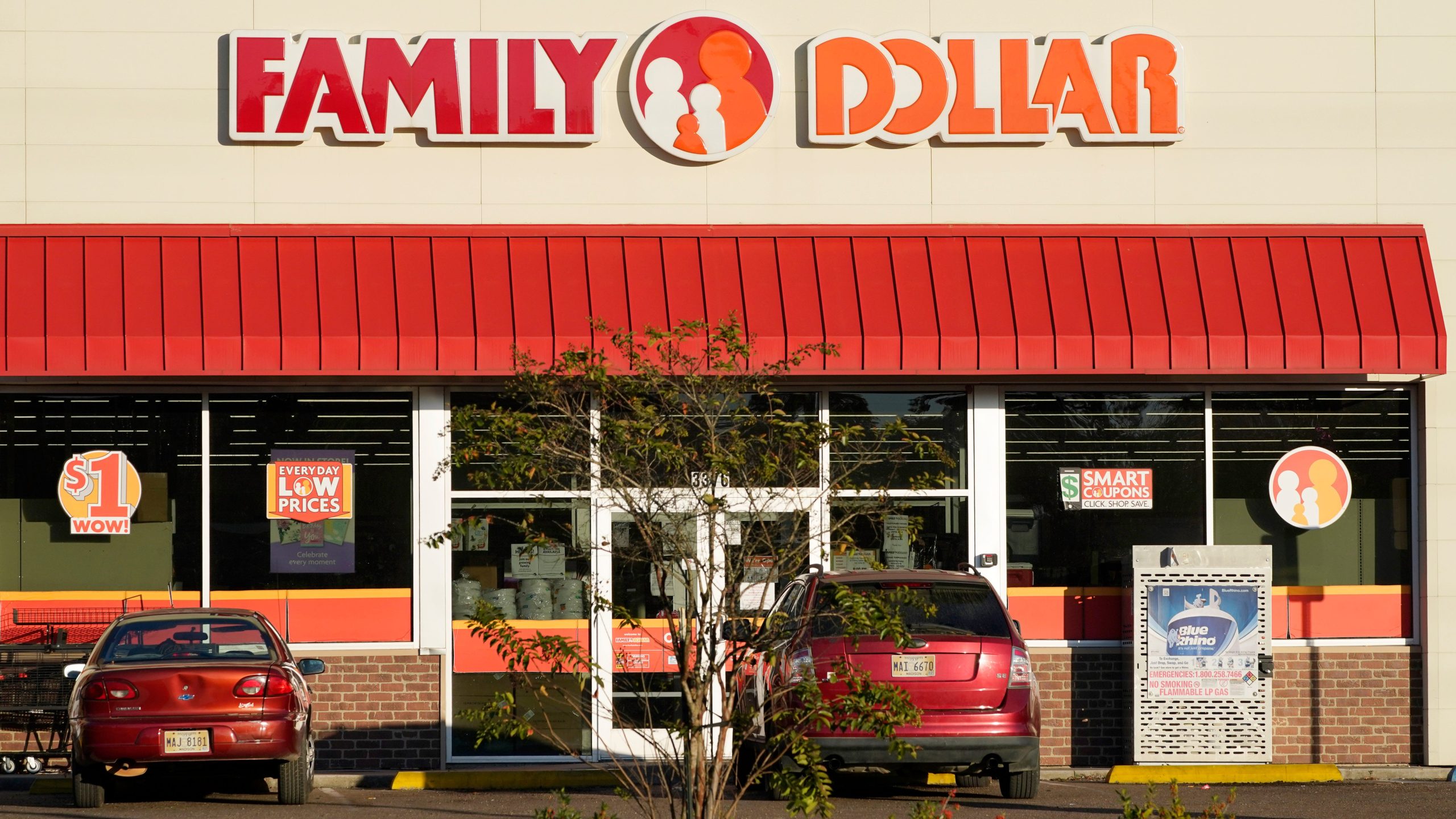
Photos of trucks full of leaking detergent and spoiled food reveal a big challenge for Family Dollar
June 28, 2024I shopped for work outfits at COS and Zara and preferred the more expensive store
June 28, 2024Netflix/Frazer Harrison/Getty Images
- Netflix co-CEO Greg Peters said the company's dual CEO strategy is a powerful model.
- He explained in a recent interview how big decisions get made with co-CEO Ted Sarandos.
- So far, the setup appears to be working, with Netflix posting strong Q1 earnings and record subscribers.
How do you share the leadership of a multibillion-dollar company? Netflix co-CEO Greg Peters thinks he and co-CEO Ted Sarandos have got it down.
Peters recently told The Verge that he considers having two CEOs to be an "incredibly powerful model" that works due to the streamer's transparent culture and willingness "to have honest conversations, to be selfless, [and] to put the company first."
Dual executives aren't the norm. But there are some prominent examples of companies that have tried it in the past — with varying degrees of success — from Blackberry and Deutsche Bank, to Chipotle and SAP.
Peters said that they found that a company led by co-CEOs "either significantly underperforms peers or it significantly overperforms peers" — a sentiment that Sarandos echoed in an interview last year with Bloomberg.
"Statistically it is actually pretty great," Sarandos said at the time. "If you compare performance against the S&P, it's really strong."
And some companies have kept the model. Online eyewear retailer Warby Parker, for example, has been helmed by CEOs Neil Blumenthal and David Gilboa for well over a decade and successfully went public in 2021.
"The real discriminating factor there is, […] do you have a set of CEOs who are bought into the model and see it as a positive rather than something that's a compromise or obstacle they have to work around?" Peters said.
How big decisions get made without a sole decision-maker
Peters said the next line of leaders report to him and Sarandos based on their respective primary responsibilities, allowing for a "speed of decision-making" that makes their dual CEO model work.
"[S]o you think about content, marketing, legal, comms, and publicity — those are on Ted's side," Peters said. "On my side, for example, we've got product tech, ads, games, finance."
While the two execs have their own lanes to focus on, they're a single entity when it comes to major company decisions, like big content strategy questions, he said.
"We always say speaking to one of us is speaking to both of us, so we feel like we owe each other clarity and transparency in those conversations," Peters said.
When the co-CEO structure was first put into place in January 2023, the two executives talked more about what happens when they don't see eye to eye.

Ernesto S. Ruscio/Getty Images / Netflix
"We disagree, we butt heads, we talk it out," Sarandos told Bloomberg at the time. "So did Reed and I, and so did you (Greg) and Reed (Hastings). We have different strengths. We can challenge each other, but still be deferential to our differentiated skillset."
They also have guidance when they need it from Netflix cofounder Reed Hastings, who they said is "still in the mix" to give his "counsel and perspective" when they run into disagreements.
Despite their peers being primarily led by a solo CEO, Peters and Sarandos' collaboration seems to be working. Netflix's first-quarter earnings report was a big beat with over $9.37 billion in revenue and subscriber growth almost double what Wall Street expected.
"[W]e seek to be a company that brings two very strong centers of excellence and capability on the creative side and on the product and tech side together," Peters told The Verge.


